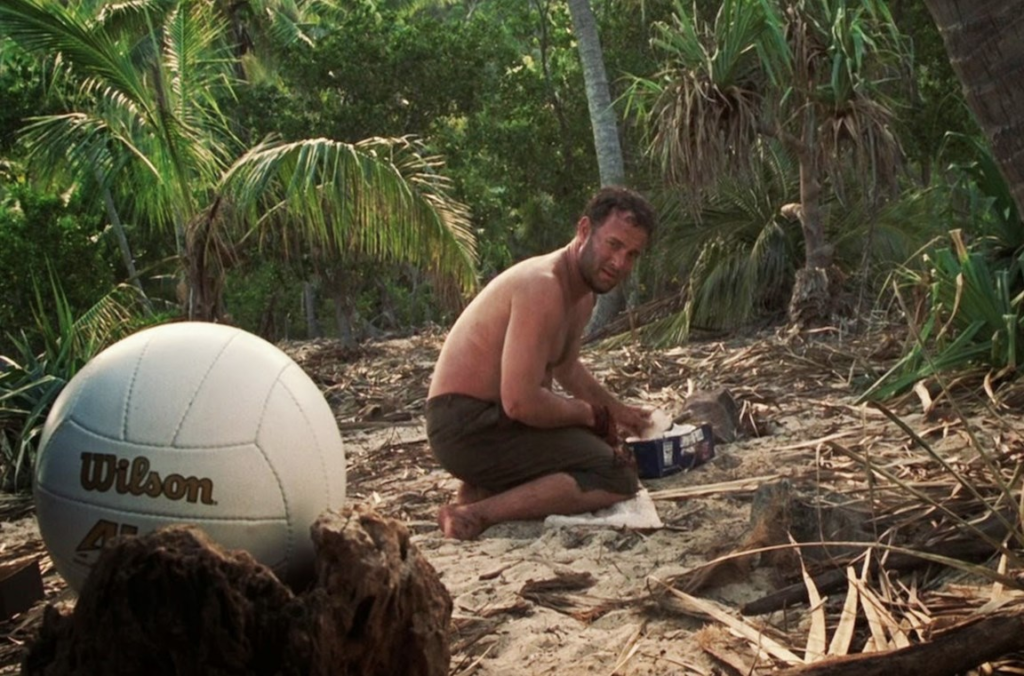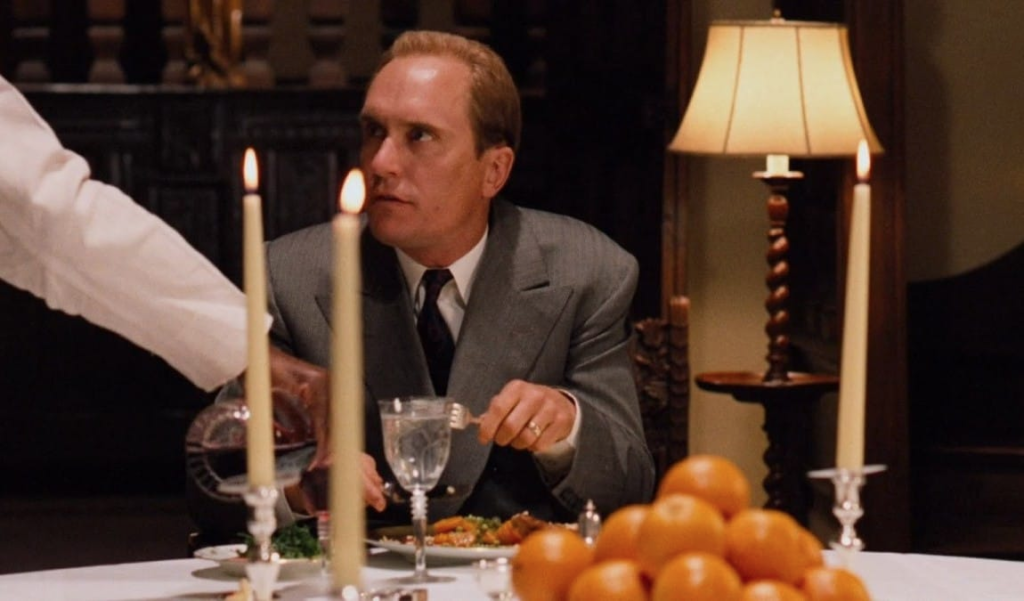Props’ functions
Here we are at a crucial point in the construction of our Escape Room: the set-up.
In the next lessons, we will try to understand how to select and design the equipment and how to create the right atmosphere for the experience. We will therefore see that the different elements we have available. Indeed, the atmosphere in a place is created through a set of coordinated elements, which have many functions: for example, contributing to the contextualization of the narrative, facilitating the identification of the player in that place, stimulating reflection. The atmosphere can be enriched by trying to exploit all the senses, thus paying attention to the addition of ambient music / sounds, perfumes, tactile elements, etc.
Imagining a space means “knowing how to identify, in a place, the characteristics that distinguish it as a specific place, to be a producer of impressions. (…) Space is not a container but a generator of events.” (Rossi Ghiglione A., 2013). It is, therefore, not a neutral element but essential to the narrative construction. Furthermore, “the objects present in the scene are more effective the more they are both concrete and metaphorical and much less abstract” (Rossi Ghiglione A., 2013).
In an interesting video, the filmmaker and master storyteller R. Kaneria (2015) analyses the strategic functions that props can have, quoting some famous films. Actually, they are much more important than simple furniture or decoration and, in summary, can be described as follows:
- carry on the plot,
- specify some characteristics of a character,
- tell about a phenomenon without showing it or showing something different,
- create suspense,
- make us laugh or cry, generate emotions through the symbolism they represent
- give us a false clue
- reveal a mystery,
and much more!
In some films, an object can become a key character, such as for Wilson in “Cast Away”: it isn’t a human being or an animal, but a white volleyball ball! That inanimate object becomes a character, being a real confidant, the embodiment of a companion who manages to save the protagonist from loneliness.

In other cases, the props function as a symbol and metonymy for the protagonists: Indiana Jones’s whip or Mary Poppins’ umbrella, for example. Moreover, the props can be part of a symbolic system: in Francis Ford Coppola’s “Godfather” oranges are symbols of death and appear in the scenes in which someone dies.

These considerations, relating to the theatrical field, can also be considered very useful in the construction of the space of an Escape Room and the analysis of its props.
Their functions can be divided into four macro-areas, identifying four dimensions that must be taken into consideration at the same time in the design of a room. The aim is making the setting credible and identifiable: this is an important goal when the users will examine every detail carefully and closely as in an Escape room!
- Spatial dimension: allows for the contextualization of the story in a specific place, identifiable by the user. For example, a place with shelves full of books and with reading tables leads us to a library; a rather bare room, with a bed, a bedside table, and a small-barred window leads us mentally into a prison.
- Temporal dimension: identifying a specific temporal space and symbolizing facts and events previously occurring in that place, useful for contextualizing the story and understanding the characters, in a symbolic and deductive way. The user should be able to understand what happened in that space, how it was used, what was its past… In fact, objects can contain a powerful meaning in this sense: for example, the presence of cobwebs clearly suggests the disuse of the space or a receipt with today’s date makes it clear that whoever occupied that space was present there until recently; a room furnished with vintage objects and furniture takes us mentally back to an earlier era.
- Relational dimension: Who has previously been in this space? What are the individual stories related to this place? For example, two glasses of champagne left on a table suggest two people drank. This could imply a romantic encounter if one of the two glasses had a lipstick trace on it and if there was a rose nearby, or a touch of mystery if one glass was full and the other empty.
- Functional dimension: what is needed to allow the use of the space and to create the experience inside? What tools and technical elements are needed? This aspect becomes very important when the user physically enters and experiences the space, as in the case of the Escape rooms.
Creating Props
The atmosphere in a place is created through a set of coordinated elements (material, immaterial, and digital), which, therefore, have many functions: primarily, to contribute to the contextualization of the narrative and the credibility of the experience, facilitate the identification of the player in that place, guide the game experience, stimulating reflection and, also, distract.
We can distinguish between physical props, red herrings, and technical props. Let’s see some details.
Physical props
Once the theme has been defined, it is necessary to identify which symbolic elements can transmit a message on the location, in a direct but not obvious way, considering the four dimensions analysed above.
It is, therefore, necessary to answer some questions:
- What are the characteristics that, in reality, define the setting we have imagined as a specific place?
- How are these characteristics related to physical objects? What are the elements normally present in such a space?
- How could some of these objects become message/enigma conveyors?
- As in narration, how could it be possible to create surprises and twists through objects? For example, in a haunted room, a book might fall at a certain time (via a timed/remote controlled/programmed mechanism). This may have the function of creating tension, but also be useful in providing a particular clue as to how to continue the game.
Answering these questions will allow you to work on:
- Furniture and objects that represent the theme or environment. It’s always advisable to use real furniture, thus avoiding looking fake. For the reconstruction of unfamiliar environments (such as a prison), iconographic research can be helpful. The different furnishing accessories must be related to the environment and the historical era. However, it is possible to insert notes that conflict with the rest of the environment if they contain useful clues/keys/codes (for example a telephone booth on a remote island). It is advisable to block all the purely scenographic elements and the objects that generate actions with which the players must not interact, so as not to have to replace them when the room is reset. In some cases, this is required by the scenography (for example the seats of a bus).
- Elements to be manipulated in order to solve the puzzles and locking systems (padlocks, chains, passwords, etc.). The elements that interact should be unbreakable and reusable. For this reason, the advice is to use objects that can be a sort of “containers” of the puzzle, for example, a safe with a combination where the next puzzle is inside. This puzzle could be paper-based and easily replaceable. Furniture can also contribute to the realization of the puzzles (for example a wardrobe).
- Final touches. They really make a difference. An abandoned room has dust and cobwebs, while the murder room could have a footprint. So, it is necessary to pay attention to the smallest details and and design them in a durable way. Some tips: to age new fabrics, such as curtains or sheets, you can soak them for a few minutes in a bath of diluted black tea and then let them dry. Or, to make aged papers in a few minutes, follow the advice in this video.
- Interactive and immaterial elements. For greater interactivity, players need to be able to feel the protagonists of the experience and feel fully involved. Therefore, it is important to make the environment interact with all five senses, also through intangible elements useful for the narration:
- View – In relation to objects, it is also possible to use projected images, lights that recreate particular settings, or to study tricks to quickly switch from light to dark (and vice versa). Beware of color-based puzzles: color blind people will have difficulty solving them.
- Hearing – Sound effects are very useful for frightening, providing further clues, or alerting the players, as long as it is coordinated with the environment and with what is happening in the room. It’s possible to use music and sounds connected to specific actions that take place in the room, but also sound puzzles. For example: combinations of different noises or sounds can be used to open an object or door; or a clue can be linked to a sound that intensifies when the player approaches the right object.
- Touch – If an element may seem at first sight identical to another, in reality, it may be different to the touch: a fabric panel of the same color as a wall or upholstery could actually hide something.
- Smell – The nose sends us important signals about where we are. A clinic or hospital tends to smell of chlorine, a kitchen of food, an herbalist’s shop of various natural substances (cinnamon, cloves, etc.), an oriental room of incense, etc.
- Taste – This is the most difficult sense to satisfy, but it is also the least used in solving puzzles or when we need to understand where we are. A great challenge, however, could be to make puzzles that are solved only by tasting certain elements, with attention to sanitary regulations, allergies, and eating habits!
Red herrings
A separate consideration must be made for red herrings. They are false clues that have the specific goal of confusing players and inserting false leads. They, therefore, differ from props which, on the contrary, are objects that are not necessary for the resolution of the escape room, but only serve as atmosphere decoration. Inserting objects that are not necessary for the end of the story has the dual function of making the game environment more like being really trapped and locked up in a room and, at the same time, of disorienting the players from the path that leads them to the end. Their absence would make the path too simple and obvious.
However, it is always good to be careful not to abuse this method. Indeed, Nicholson (2015) found that even in commercial Escape Rooms, “designers are evenly split on the use of red herrings; about half of them use false clues and trails in the room to confound the players, and about half of them work to not include any red herrings in the rooms. One designer said that they felt red herrings could create a bad experience for a player who spends considerable time on a puzzle or a path that is not important for winning the game. The reality is that players will take anything in the room as being important, so that even those rooms not attempting to use red herrings as a design choice still have players attempting to pursue the deep meaning of something that is just a decoration”. Hence, they should be used with caution, as players might see them as a waste of time. They can be considered interesting when they require a short resolution time or can add something to the game (humorous side, learning contents, etc), or aim to encourage shared reasoning among the participants. In general, they are not advised in case of pupils having a Specific Learning Disorder. In these case, it is better to avoid red herrings, if possible. If not, it is better to incorporate a clue inside the red herring that it is not part of the puzzles (different font used, slightly different color, etc).
Technical props
The technical props respond to the need to place our space in a functional dimension to the experience, as they allow us to make the space usable. What tools and technical elements are needed? This aspect becomes very important if the user physically enters and experiences the space, as in the case of the Escape rooms.
We can identify some main technical props:
- Technological systems for the transmission of lights, images, and sounds (projector, a stereo system, etc.)
- Elements for defining the time (a stopwatch or countdown). It is necessary to consider some aspects:
a) Remote timer control. The monitor that will show the countdown for the team participating in the game session can be used for simple timing or, in addition to the timer, to send messages to users, such as suggestions or possible warnings on the actions carried out by the team inside the room.

b) Ease of installation: it is advisable for simplicity that the countdown is started manually. However, switches, remote controls, and even software commands are available via an interface on a computer or tablet.
c) Graphic customization: some timers allow to customize font, colors, background, and text orientation. One online resource that can be used is Countdownkings, which also allows to send messages and clues to players (tutorials are available).
3. Elements for Game-master interaction. The game-master’s presence is important for many aspects (ensure that the players have a fair experience, provide help to the players when they are stuck or frustrated, need emergency assistance, etc.). This usually happens via video (76% of the time in the S. Nicholas study) and/or being in the room to engage directly with the players (16% of the time).
4. Elements to ensure safety. The safety mechanism to exit the room must be pointed out to the players. As Nicholson (2016) points out, regarding safety, “the most common solution is to provide the players with a way to exit the room in an emergency, such as a key for a mechanical door or a push button for a door lock powered by electricity, which would then unlock if the power went out”. In some cases, the door is not actually locked or there is a secondary emergency exit.
